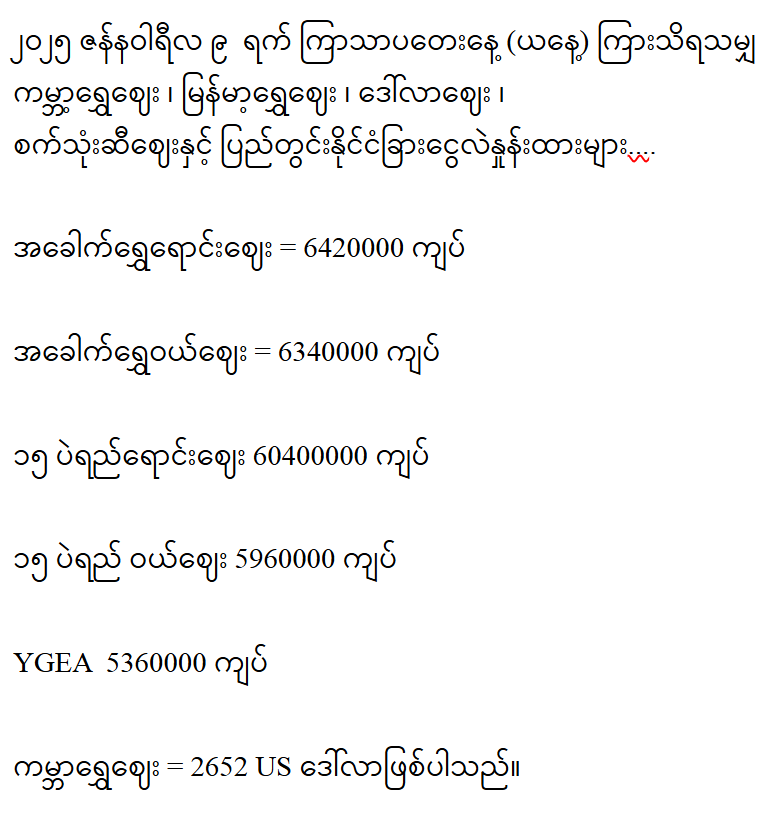

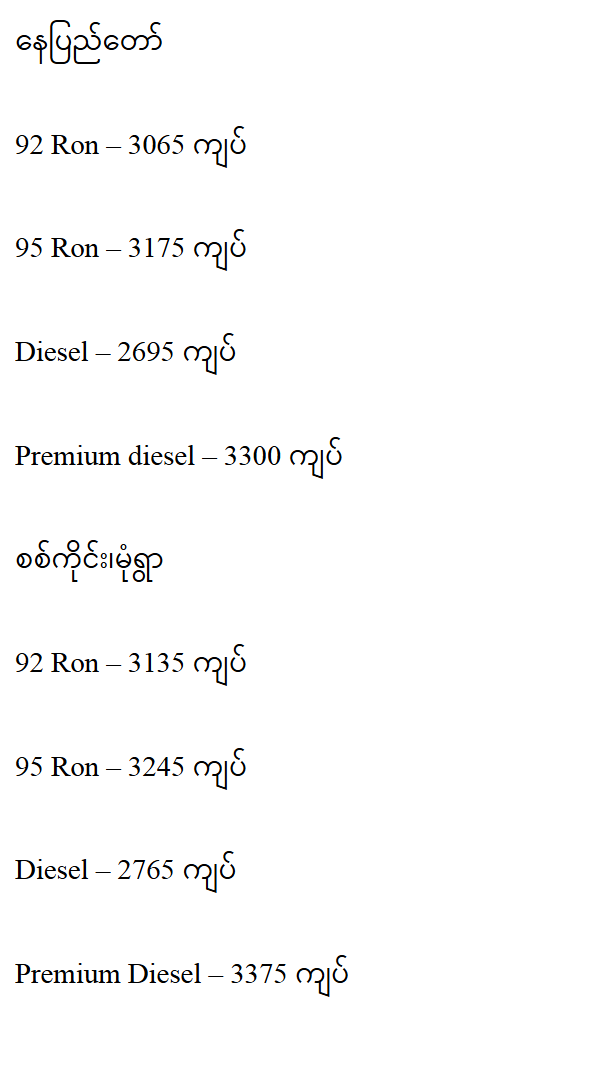
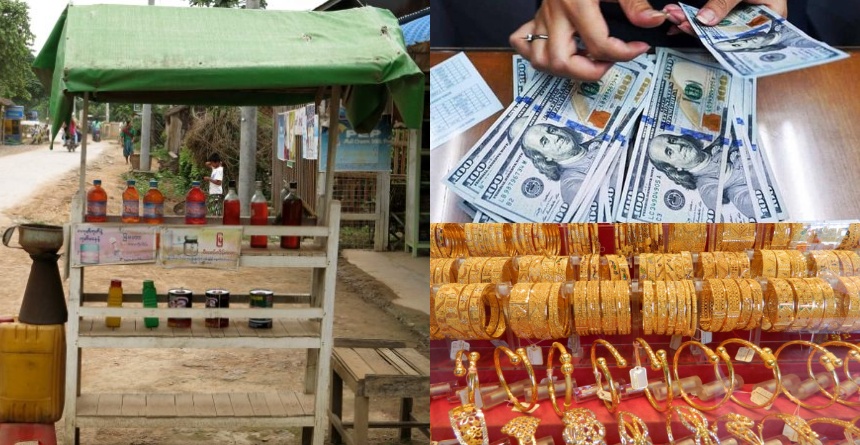
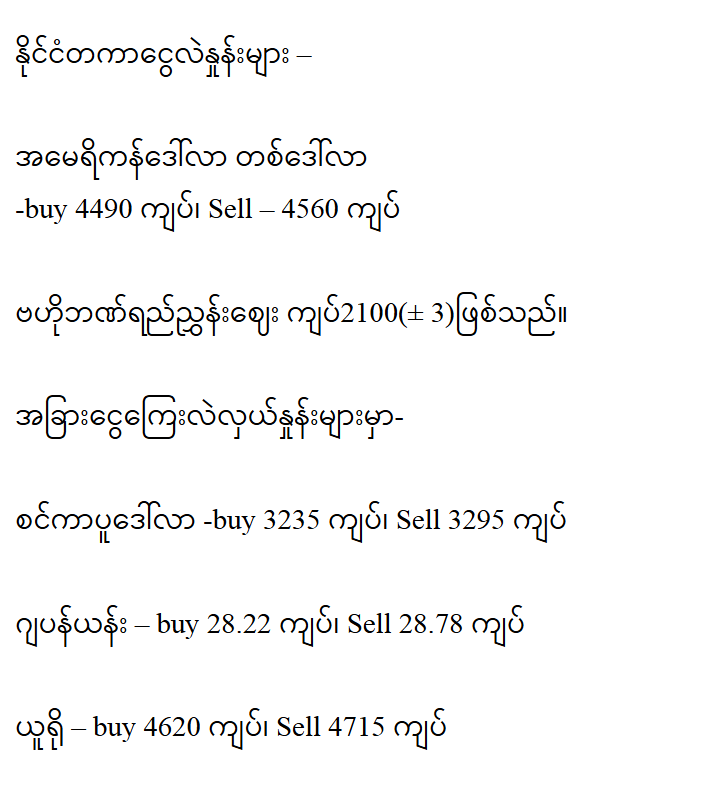
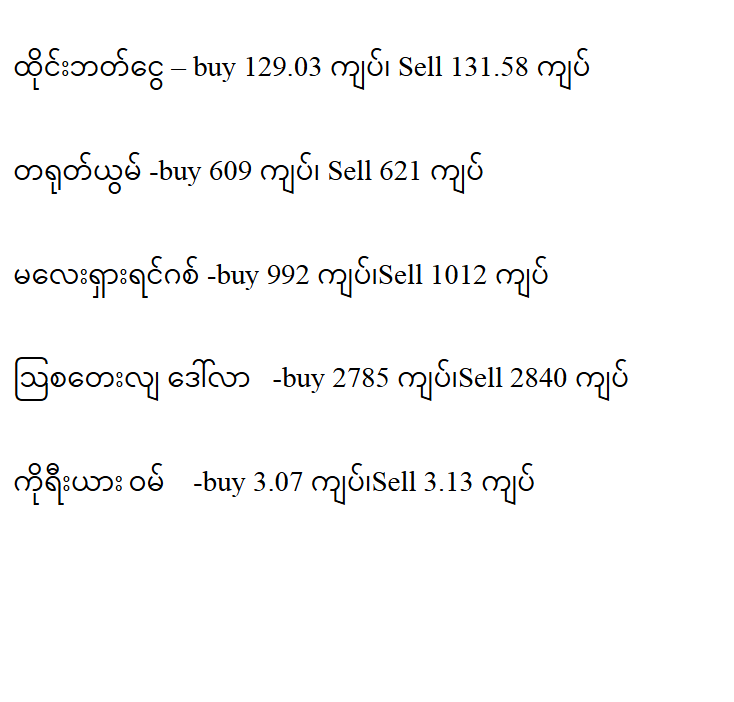
East Asia is a region steeped in history and culture, with its traditional costumes serving as vibrant symbols of identity, artistry, and heritage. From the elegant kimonos of Japan to the graceful hanboks of Korea, each garment tells a story of the people and traditions that shaped it. This blog takes you on a journey through East Asia’s most iconic costumes, exploring their origins, designs, and cultural significance.
Japan: The Timeless Kimono
The kimono, meaning “thing to wear,” is perhaps the most recognizable symbol of Japanese culture. Its origins date back over a thousand years to the Heian period, evolving into the T-shaped, wide-sleeved garment we know today. Traditionally crafted from silk, kimonos feature intricate patterns that often represent nature, seasons, or auspicious symbols.
Kimonos are worn for various occasions, from tea ceremonies to weddings, with specific styles and colors denoting the wearer’s age, marital status, and the event’s formality. Accessories like obi belts and zori sandals complete the ensemble, adding layers of sophistication. Today, the kimono remains a cherished garment, blending tradition with contemporary fashion trends.
Korea: The Graceful Hanbok
The hanbok is the traditional attire of Korea, celebrated for its vibrant colors and flowing lines. Designed to emphasize natural grace and movement, the hanbok consists of a jeogori (jacket) and chima (skirt) for women, and a jeogori and baji (trousers) for men.
The hanbok’s design reflects Korea’s Confucian values, emphasizing modesty and harmony. Colors and patterns on the hanbok often signify social status, marital status, or special occasions, with brighter hues reserved for young individuals and muted tones for elders. Today, the hanbok is worn during holidays like Chuseok and Seollal, as well as weddings and other cultural events.
China: The Elegant Hanfu and Cheongsam
China’s traditional attire varies greatly due to its vast history and diverse ethnic groups. Two of the most iconic garments are the hanfu and the cheongsam (qipao).
Hanfu: A Symbol of Ancient China
The hanfu, with its flowing robes and wide sleeves, dates back to the Han dynasty and influenced the attire of neighboring countries. It represents grace and tradition, often adorned with intricate embroidery depicting dragons, phoenixes, or floral motifs. The hanfu has recently seen a revival among young Chinese embracing their cultural heritage.
Cheongsam: Modern Elegance
The cheongsam, originating in 1920s Shanghai, is a fitted dress that combines traditional Chinese aesthetics with Western tailoring. Known for its high collar and side slits, the cheongsam exudes elegance and is often crafted from luxurious fabrics like silk or satin.
Shared Themes and Unique Expressions
Despite their distinct styles, East Asia’s traditional costumes share common themes:
Symbolism: Patterns and colors often carry deep meanings, reflecting nature, spirituality, or social status.
Craftsmanship: The meticulous attention to detail, from hand-stitched embroidery to dyeing techniques, showcases the artistry of these garments.
Cultural Identity: Each costume reflects the values and history of its people, serving as a visual narrative of their traditions.
The Modern Revival of Tradition
In recent years, there has been a renewed interest in traditional East Asian attire. Designers are incorporating elements of kimonos, hanboks, and hanfu into contemporary fashion, making these garments accessible to younger generations. Events like cultural festivals and social media movements have also played a role in preserving and celebrating these timeless costumes.
Conclusion
From the delicate folds of a kimono to the vibrant hues of a hanbok, East Asia’s traditional costumes are more than just clothing; they are cultural treasures that connect the past with the present. By exploring and honoring these garments, we gain a deeper appreciation for the artistry, history, and identity woven into their fabric.